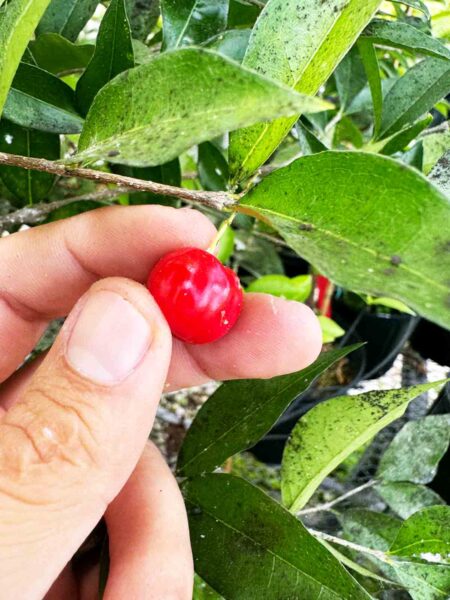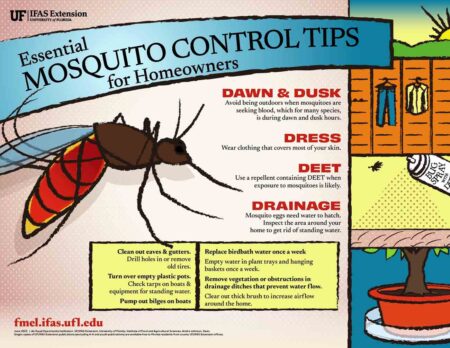If you’ve done a good job fertilizing your lawn during the growing season (spring and summer), there’s no reason to apply more fertilizer now. Many people have bought into the idea of “winterizing” their lawns. But it is not a good practice to apply a high-nitrogen fertilizer late in the season. Excessive nitrogen can cause tender new growth in our warm-season grasses only to result in cold injury during winter.
Q. Should I “winterize” my lawn?
A. If you’ve done a good job fertilizing your lawn during the growing season (spring and summer), there’s no reason to apply more fertilizer now. Many people have bought into the idea of “winterizing” their lawns. But it is not a good practice to apply a high-nitrogen fertilizer late in the season. Excessive nitrogen can cause tender new growth in our warm-season grasses only to result in cold injury during winter.
If the lawn has not been adequately fertilized during the growing season, it may benefit from additional potassium. But the only sure way to know if the potassium level is inadequate is to have your soil tested, otherwise, you’re guessing.
If you insist on winterizing (fertilizing beyond summer months), use a fertilizer with low nitrogen (represented by the first number in the fertilizer analysis) but with some potassium (the last number in the analysis). Look for a lawn fertilizer with 5 percent or less nitrogen but with potassium such as 5-2-14, 5-0-22, 0-0-7, etc. Remember, more potassium than nitrogen. The potassium needs to be applied while the grass is actively growing. After the lawn is dormant, much of the fertilizer that could have benefited the lawn is wasted.
With normal spring/summer lawn fertilization, Mid-September is the latest date to fertilize our warm-season grasses such as zoysia and St. Augustine in North Florida. But with centipedegrass, it’s best to not fertilize after August.
Q. My twenty-year-old azaleas have begun to die. I lost one last year and another began to die this summer. What could be causing this?
A. It is normal for older azaleas, as they approach 15 to 20 years of age to begin to decline and possibly die. The cause is old age. Many times when older azaleas begin to die, root diseases are involved – usually armillaria. Armillaria and a host of other organisms are here for the purpose of taking out the old, declining plants. There are no fungicides that can be used to control armillaria.
By the time above-ground symptoms are seen, it’s too late. The best that you can do is to remove the declining/dying azaleas when they reach the point that they are no longer an asset to the landscape. Remove as much of the root system as possible/practical. Armillaria occurs naturally in our forests for the same purpose – to act as a decomposer and take out the older, declining trees and other woody plants. Practically any tree or shrub is susceptible. But it is mainly the old, dying plants that this fungus is affecting.
Larry Williams is the Extension horticulture agent with the Okaloosa County Cooperative Extension Service, University of Florida. Contact Larry at 689-5850 or email lwilliams@myokaloosa.com.







